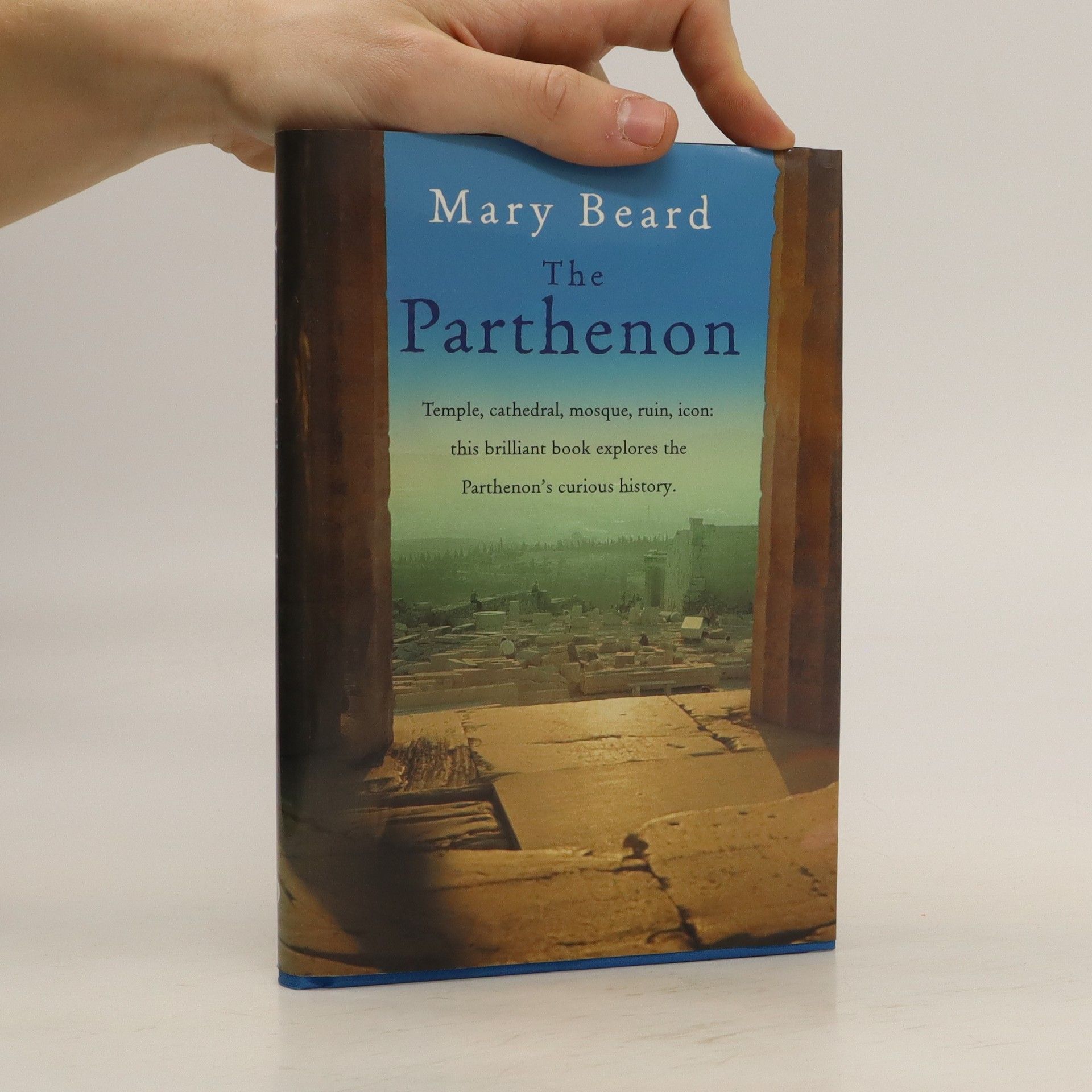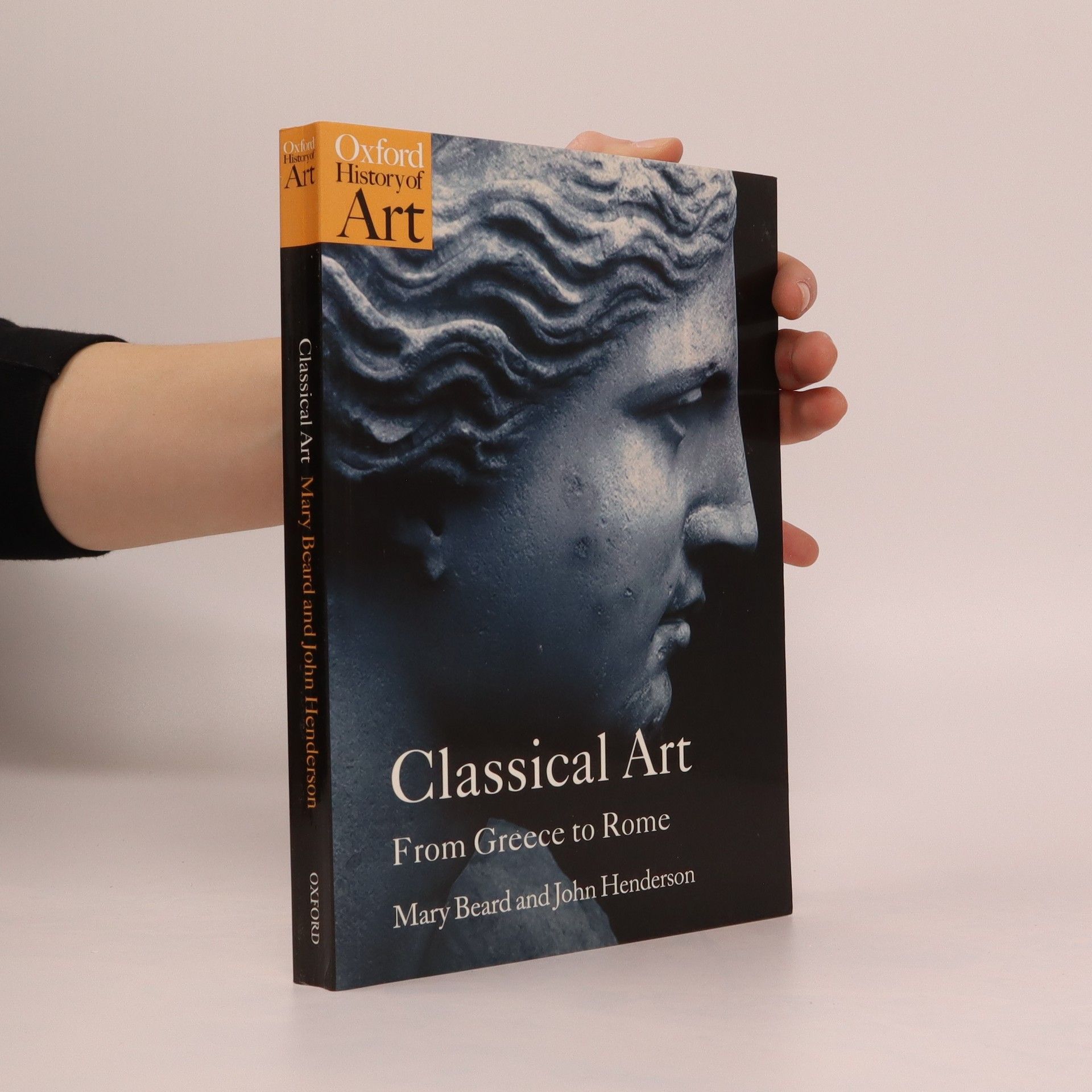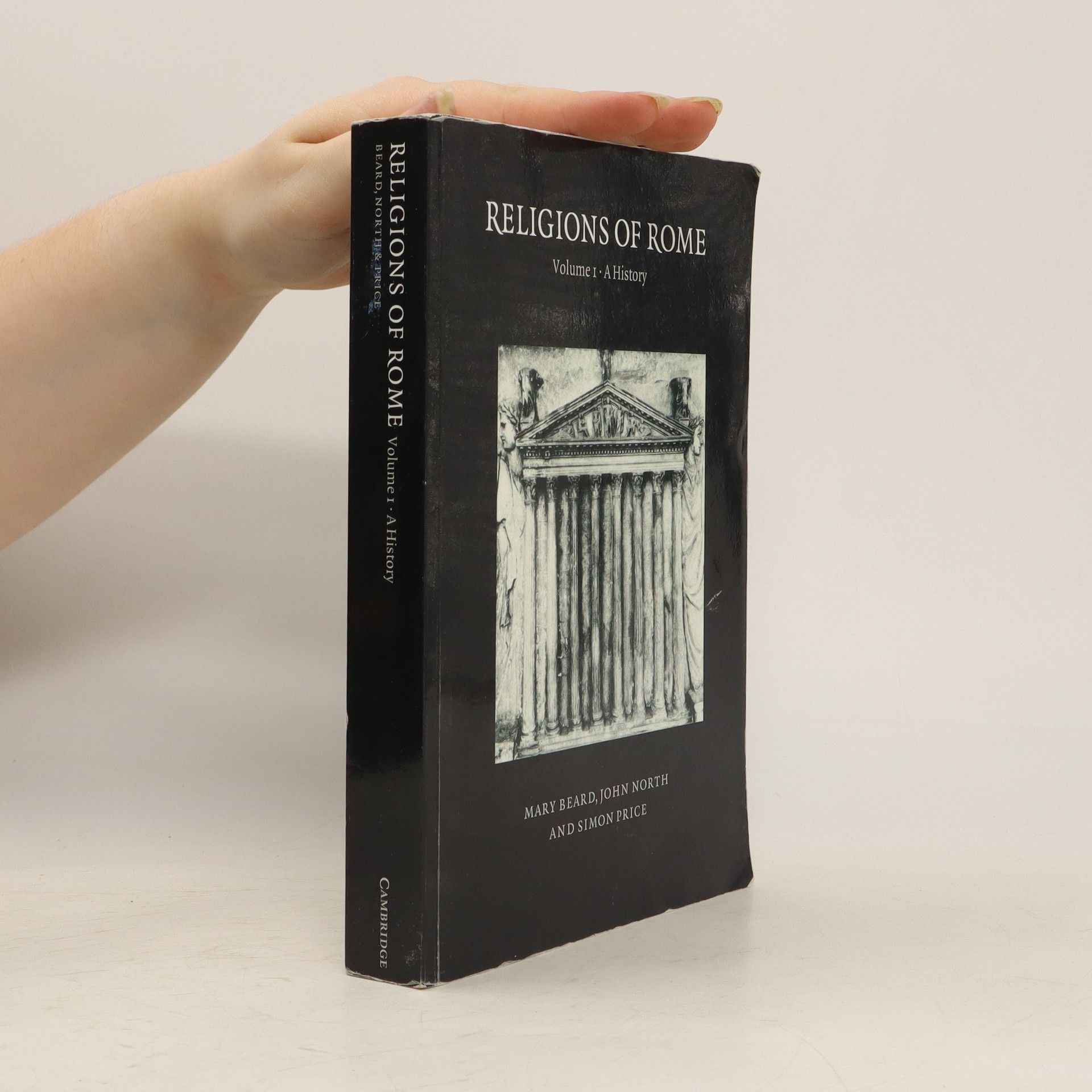SPQR. Dějiny antického Říma
- 624 pages
- 22 hours of reading
Starověký Řím má svůj význam. I dnes posuzujeme sami sebe na pozadí dějin této říše, jejích vojenských úspěchů i různých výstřelků a tehdejší debaty o občanství, terorismu a právech jedince ovlivňují to, jak uvažujeme o občanských svobodách. SPQR pokrývá tisíc let římskéhistorie a s barvitými detaily odhaluje, jak Řím vyrostl z bezvýznamné osady ve střední Itálii v první globální supervelmoc. Kromě toho vrhá nové světlo na římskou kulturu, od rozvodu vody po demokracii a od otroctví po migraci. Mary Beardová nám objasňuje, jak na sebe a na své úspěchy nahlíželi samotní Římané.









